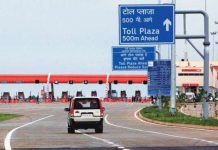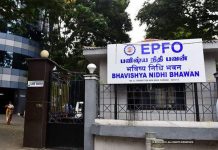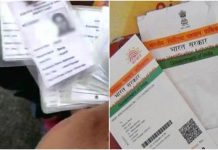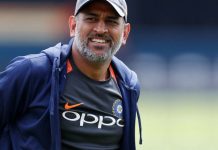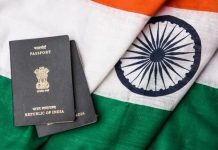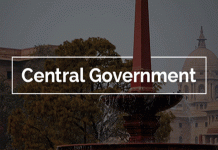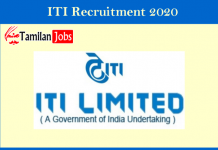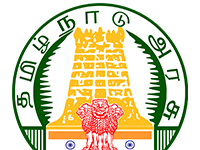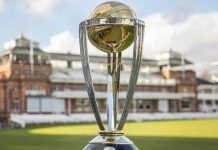People in far-flung areas more interested in elections.

NEW DELHI: General elections are a big celebratory event which mobilise a large number of people across India. It may seem that heartland states such as Uttar Pradesh experience election frenzy the most. The media coverage too would suggest that. But actually it is the remote parts of India which see biggest participation of people in elections.
Can you believe the highest turnout in the 2014 Lok Sabha Election was recorded in the state of Nagaland (87.82 percent), Lakshadweep (86.61 percent) and Tripura (84.72 percent).
Surprisingly, in Uttar Pradesh, the turnout was just (58.35 percent). In Bihar, it was (56.28 percent). In Rajasthan it was (63.09 percent), while in Madhya Pradesh (61.60 percent). All the heartland states lag far behind most of the remote states.
Other remote areas such as Dadra & Nagar Haveli (84.06 percent), Sikkim (83.37 percent), Manipur (79.62 percent) Daman and Diu (78.91 percent) and Andaman & Nicobar Islands (70.66 percent) too are far ahead of their bigger heartland peers.
The extraordinary voter enthusiasm in small, remote states could be explained by the need to participate in the democratic process due to the government playing a large role in daily lives of citizens in the absence of private enterprise and businesses. Smaller population might also make it easier for parties to campaign deeply and mobilise people.
Jammu & Kashmir is one small state that was not part of the trend. This was the state where the lowest turnout was recorded at (49.52 percent). However, this exception could be explained by widespread terrorism in the state and warnings by terrorists against voting in elections.
The average election turnout in 2014 general elections was around 66.38 percent, the highest ever in Indian general elections, and a big leap over the previous general election in 2009 when it was 59.7 percent. It also surpassed the 64 percent polling witnessed in the 1984 polls, held in extraordinary circumstances following the assassination of then Prime Minister Indira Gandhi.

